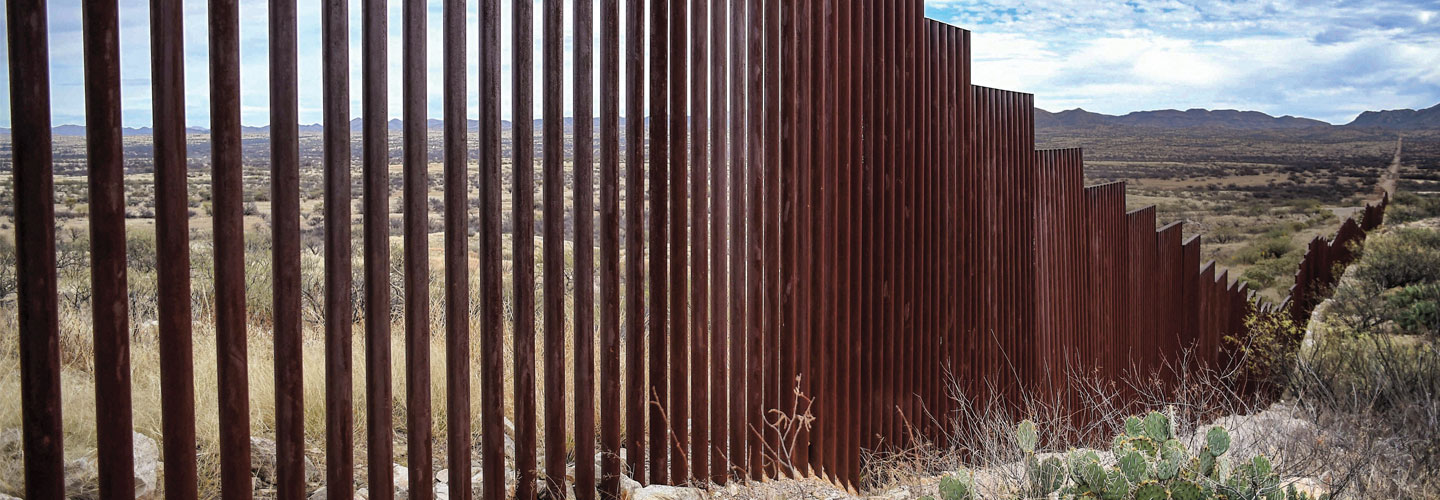There’s an old saying that good fences make good neighbors. That may not be the case when it comes to the United States and Mexico, however.
On January 25, President Donald Trump acted on a key campaign promise. He issued an executive order calling for the “immediate construction” of a wall along the U.S.-Mexico border. Trump says the wall will stop people from entering the U.S. illegally—and has promised that Mexico will pay to build it.
After Trump posted a video on Twitter announcing the news, Mexican President Enrique Peña Nieto tweeted a video of his own. “Mexico will not pay for any wall,” he said.
Trump fired back. He tweeted that perhaps the two men should cancel their upcoming meeting at the White House. Peña Nieto agreed. He pulled out of the sit-down.
The testy back-and-forth came after months of tension between the U.S. and its southern neighbor. Trump has repeatedly characterized Mexico as a source of undocumented immigrants, drugs, and unfair trade practices that hurt the U.S. economy. He says he will deal with these issues by walling off the country, increasing deportations, and overhauling trade agreements.
Trump’s proposals—and his harsh words—have angered many Mexicans. They see Trump as a bully and are pressuring Peña Nieto to stand up to him.
Both the U.S. and Mexico have much to lose if their relationship turns hostile. The two countries are important economic partners, conducting more than $580 billion of trade every year. They’re also allies that cooperate on border security and other issues. Now, those deep ties are threatened.
There is an old saying that good fences make good neighbors. But that may not be the case when it comes to the United States and Mexico.
On January 25, President Donald Trump acted on a key campaign promise. He issued an executive order calling for the “immediate construction” of a wall along the U.S.-Mexico border. Trump says the wall will stop people from entering the U.S. illegally. He also has promised that Mexico will pay to build it.
Trump posted a video on Twitter announcing the news. Mexican President Enrique Peña Nieto then tweeted a video of his own. “Mexico will not pay for any wall,” he said.
Trump fired back. He tweeted that perhaps the two men should cancel their upcoming meeting at the White House. Peña Nieto agreed. He pulled out of the sit-down.
The testy back-and-forth came after months of tension between the U.S. and its southern neighbor. Trump has again and again called Mexico a source of undocumented immigrants, drugs, and unfair trade practices that hurt the U.S. economy. He says he will deal with these issues by walling off the country, increasing deportations, and changing trade agreements.
Trump’s proposals and harsh words have angered many Mexicans. They see Trump as a bully. They are pressuring Peña Nieto to stand up to him.
Both the U.S. and Mexico have much to lose if their relationship turns hostile. The two countries are important economic partners. They conduct more than $580 billion of trade every year. They also are allies that work together on border security and other issues. Now, those deep ties are threatened.

